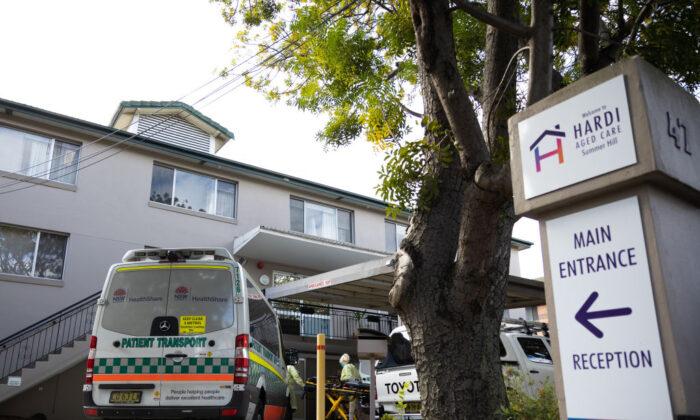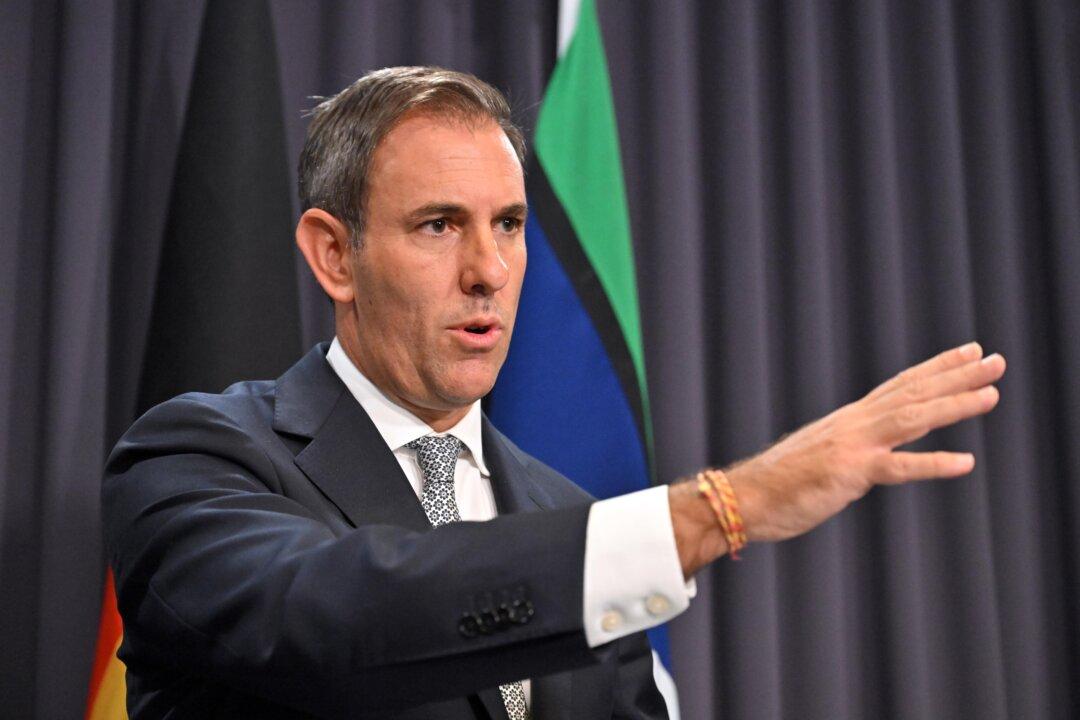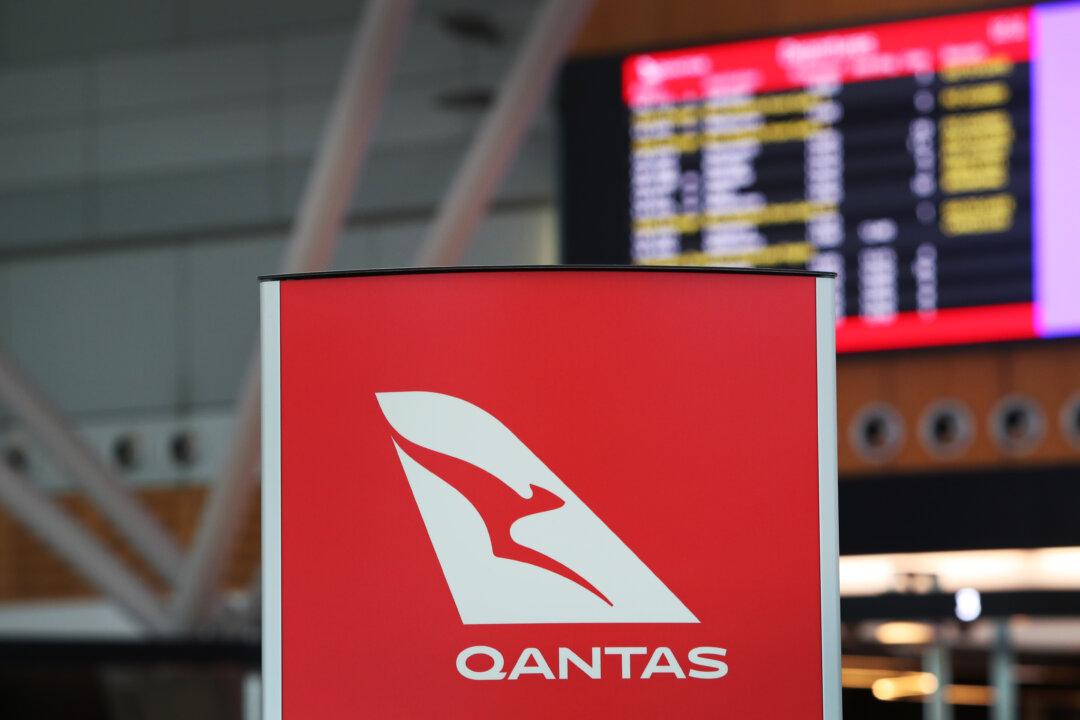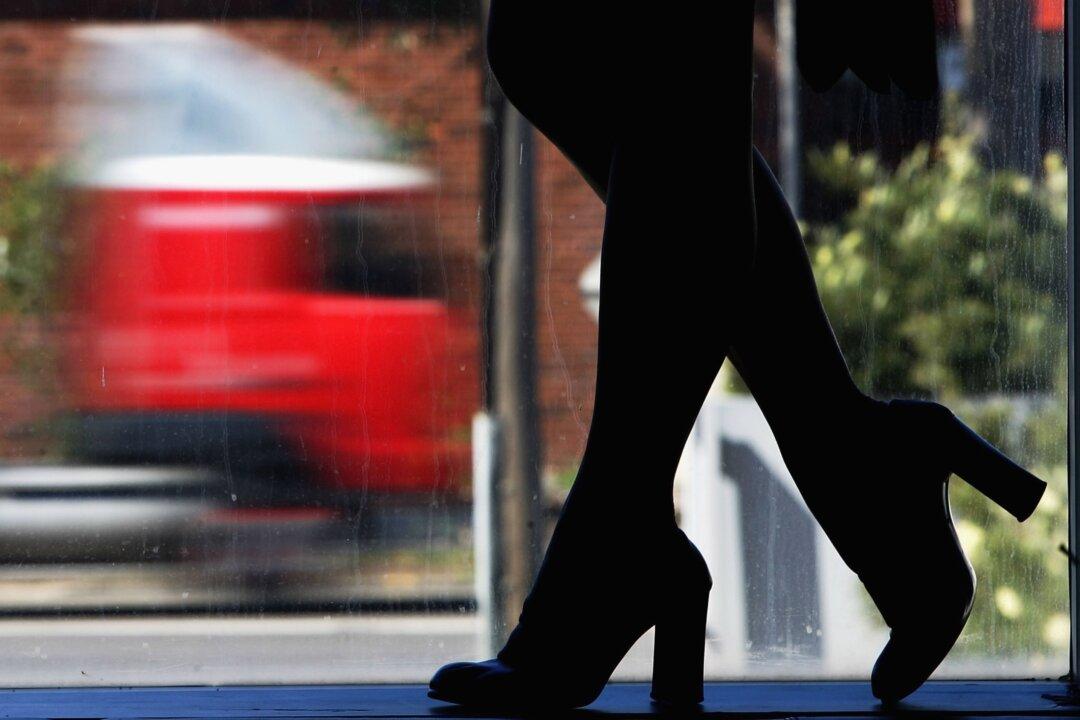Australia’s aged care sector will cost the country $5 billion (US$3.36 billion) more in 2022-2023 and is expected to put more pressure on the government budget in the coming years.
The 2023 federal budget to be released on May 9 will feature aged care services as the fifth-largest area of government spending.
Specifically, the total cost of providing aged care services for Australians will jump from $24.8 billion to about $29.6 billion this financial year.
Furthermore, the figure is expected to reach $35.8 billion by 2025-2026 and will continue to rise as the population ages.
This represents a four percent increase compared to the demographic data in 1995.
The ABS predicted that the percentage of older people would climb to 18 percent by 2033 before reaching 20 percent in 2060.
Aged Care Minister Anika Wells said the sector had suffered from a lack of funding for a decade under the former Coalition government and that Labour was committed to providing better support.
“Properly funding our aged care sector comes at a price–with costs to increase in the budget by 23 percent in the 2022-2023 financial year,” she said.
Meanwhile, Treasurer Jim Chalmers said aged care was a major area of growing government expenditure, apart from the interest bill on debt and the budgets for defence, the National Disability Insurance Scheme and healthcare services.
How Aged Care Works in Australia
Australia has a system of aged care that provides a wide range of services to older people (aged 65 and over) as well as Indigenous people aged 50 and above who have to live with support in their own homes.Around 95 percent of the system’s funding comes from the government in the form of subsidies and supplements to approved service providers.
There are three main types of care under the system: care at home, residential care, and flexible care.
Care at home is an entry-level support that provides a number of basic services such as social support, transport, help with domestic chores, personal care, home maintenance, home modification, nursing care, meals and allied health services.
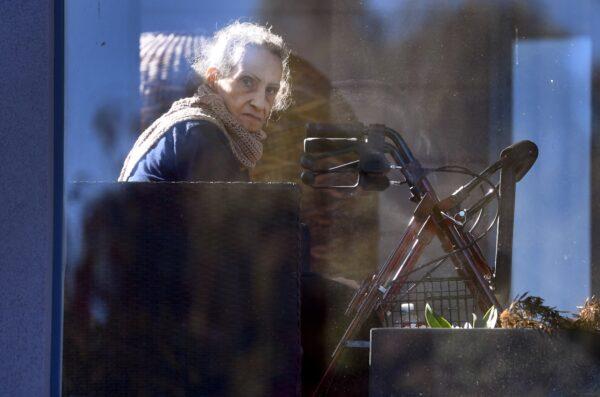
Meanwhile, residential aged care is catered to those requiring more care than what can be provided in their homes and includes services such as personal care, accommodation, and nursing.
Residential aged care can be provided on a permanent or short-term basis.
Flexible care is designed for those needing a different care approach than the above two types. It includes some short-term services to people who go through hospital rehabilitation or older people living in remote communities.
Aged Care Centre Closures
The new aged care expenditure comes as many service providers across the country are forced to close down their facilities due to new government requirements.The law will come into effect on July 1, but many service providers have announced the closure of their centres due to insufficient staff.
Brightwater Care Group, which operates 23 centres across Western Australia, also confirmed it would close three sites in Perth in the next 12 months as the company had problems meeting the staffing mandate.
Opposition Deputy Leader Sussan Ley criticised the government for the new policy, saying it brought a crisis to the aged care system.
“Anthony Albanese ignored the experts and listened to the pollsters. He weaponised aged care for his own political advantage,” she told reporters.
“He sowed the seeds of the crisis that is now unfolding across the nation.”
Meanwhile, Prime Minister Anthony Albanese said the government would offer “no apologies” for its 24/7 staffing mandate, saying 90 percent of services providers had met the requirement.
“We make no apologies for being ambitious in this area, but we’re also being very practical about the way that these issues are dealt with,” he told ABC radio.
“We’re dealing with elderly Australians who deserve the best care, and the way to deliver the best care, one of the elements of our plan for aged care, was ensuring that nurses are available 24/7.”
